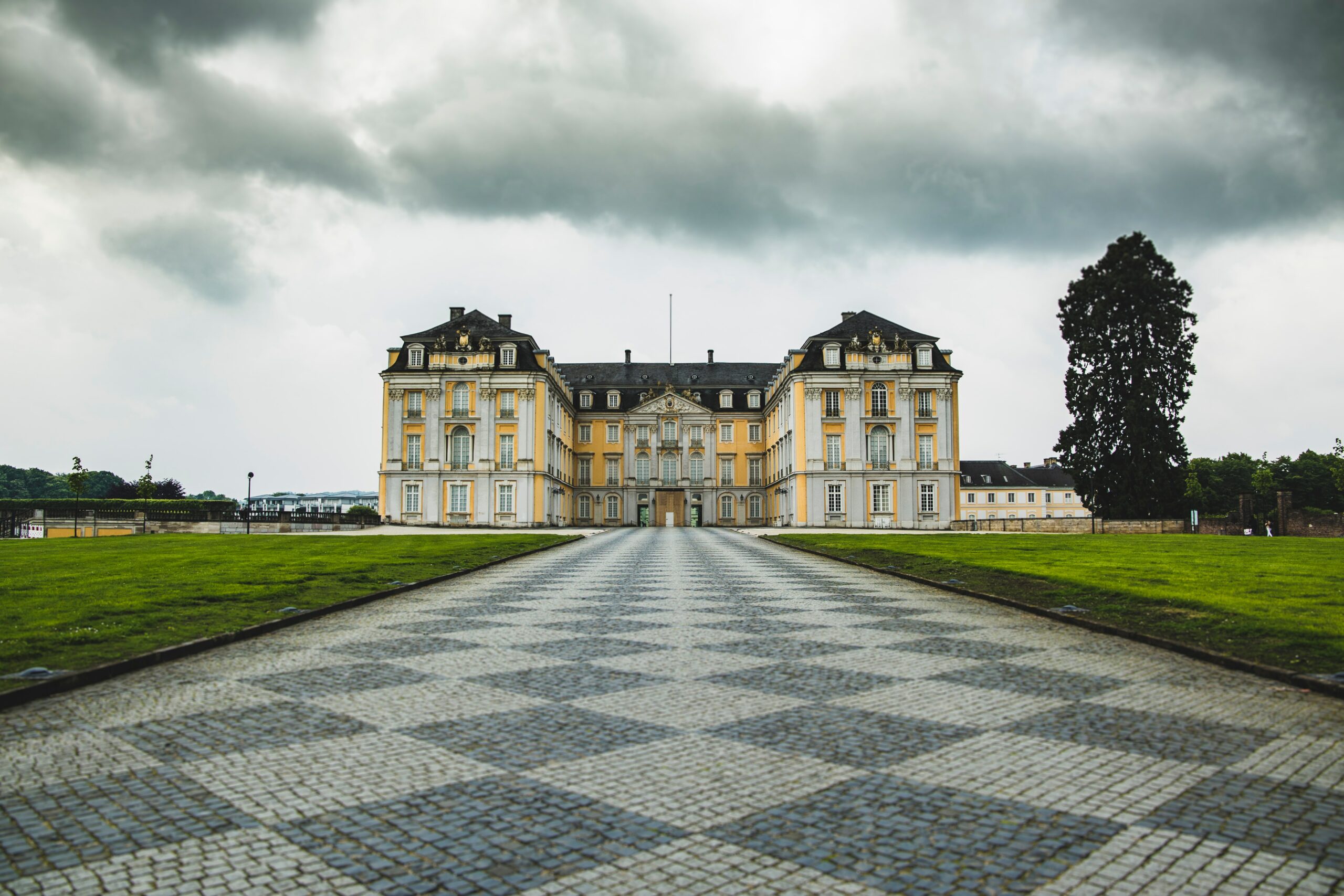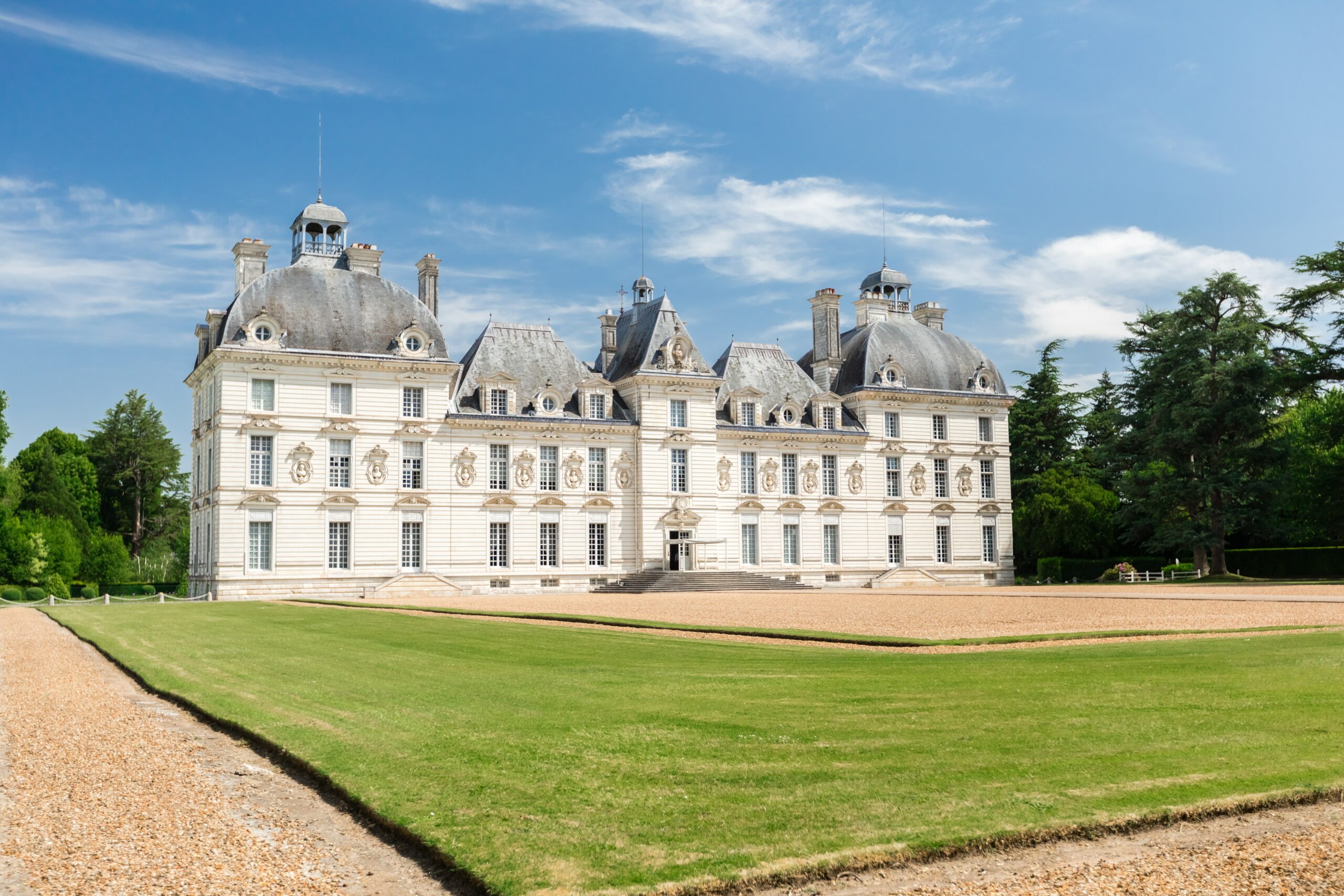
OLD ENGLISH PAINTINGS, FAMOUS ENGLISH ARTISTS
Collectors of antique paintings are conservative in their leanings. Italian Renaissance masters, old Dutch and German painters, French Impressionists and some others attract the most interest. At the same time, artists from other countries and eras are often no less deserving of attention. Let us stop our look at the paintings of England.

...
Few people would call English painting one of the country's assets, and in vain. Among the artists of England, many of the most interesting original masters whose works decorate the best art galleries in the world and the richest private collections of art objects.

...
But in wide circles of art lovers England is undeservedly relegated to second place. Not everyone can name at least three English painters without a hitch. We will try to correct this injustice by offering a brief overview of ancient English painting since its formation into a separate, independent phenomenon of world art.
